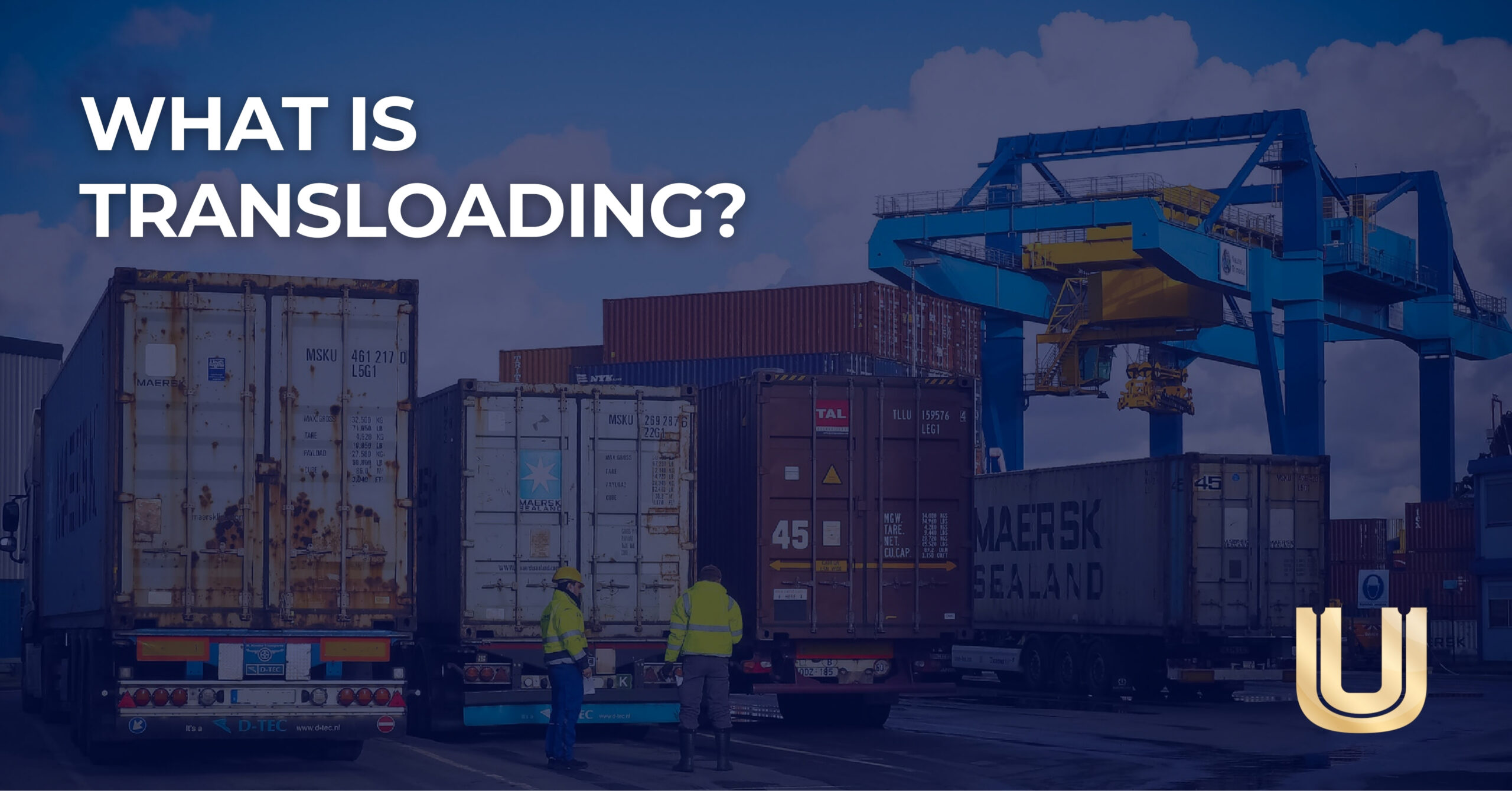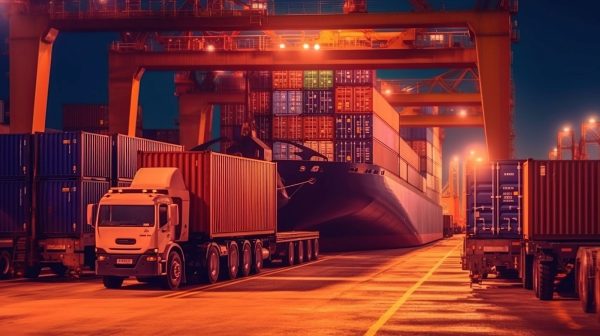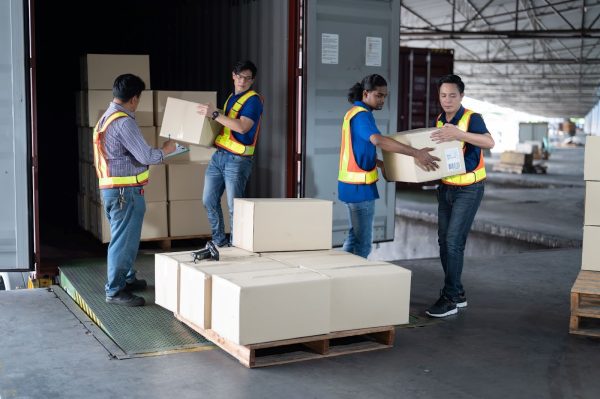Understanding Transloading: Enhancing Cargo Flow in Today’s Logistics Landscape

Imagine a world without transloading—a realm where goods face barriers in transitioning between different modes of transportation, causing delays, inefficiencies, and increased costs. That’s certainly a world we wouldn’t want to live in! Why is transloading so important?
Today we’ll unravel the concept of transloading, revealing its transformative power in overcoming logistical challenges. From explaining its meaning to illustrating real-world applications, this blog is your guide to understanding how transloading is the linchpin that ensures the smooth flow of goods across various transportation channels.
Whether you’re a logistics enthusiast or a novice exploring the intricacies of cargo movement, join us on this journey to demystify transloading and recognize its pivotal role in optimizing supply chains.
This article will explore how transloading can help with exactly that. We’ll cover the following:
– What is transloading?
– What are the benefits of transloading for steel companies?
– How can steel companies get started with transloading?
Navigating Transloading
Transloading is a crucial logistics process that involves transferring goods from one mode of transportation to another during their journey to the final destination. It’s like a relay race for cargo, ensuring a seamless handover between different transportation methods. This strategic maneuver plays a vital role in optimizing supply chain efficiency.

Historical Context
To understand transloading, let’s take a quick trip back in time. Imagine the world before this logistical tool existed. Back in the day, the movement of goods faced hurdles when transitioning between various transport modes. The introduction of transloading in the 1930s revolutionized this scenario. It became a game-changer for businesses aiming to enhance their supply chain dynamics.

Key Components
Breaking down transloading, we find key components that make the process tick smoothly. Imagine a relay team; each member has a specific role. Similarly, in transloading:
- Receiving Dock: This is where goods make their initial pitstop, transitioning from an inbound vehicle.
- Storage Area: Though not a mandatory component, some transloading scenarios involve short-term storage. It’s like a temporary resting place for goods.
- Outbound Dock: The final handoff point where goods seamlessly move to the next mode of transport, ready for their onward journey.
In essence, transloading simplifies the intricate coordination of goods between trucks, trains, and ships, ensuring they reach their destination with efficiency and speed.

Unlocking the Significance of Transloading
Transloading holds pivotal importance in the realm of logistics for several compelling reasons. Firstly, it significantly enhances the efficiency of the entire supply chain. By seamlessly transferring goods between different modes of transportation, transloading eliminates bottlenecks and keeps the cargo moving swiftly. This streamlined process minimizes delays, ensuring that products reach their destinations in a timely manner.
In addition to bolstering logistics efficiency, transloading plays a crucial role in addressing supply chain challenges. The interconnected nature of global trade often involves the use of various transportation methods, such as ships, trains, and trucks. Transloading acts as a synchronization point, facilitating the smooth transition of goods from one mode to another. This flexibility is particularly vital in overcoming logistical hurdles, such as varying transportation capacities and infrastructure constraints in different regions.
Moreover, transloading proves to be a cost-effective strategy in the complex landscape of modern logistics. By optimizing the use of different transportation modes and leveraging strategic locations for transloading facilities, companies can reduce overall transportation costs. This economic advantage enhances the competitiveness of businesses in the market, making transloading a valuable practice in the ever-evolving logistics ecosystem.
Transloading Solutions with Unilogic Group
As you navigate the intricate web of logistics and transportation, consider the seamless advantages that transloading brings to your supply chain. If you’re looking to optimize efficiency, overcome supply chain challenges, and achieve cost-effectiveness in your cargo movement, Unilogic Group stands ready as your trusted partner.
Unilogic expertise in transloading services, will ensure a smooth transition for your goods, regardless of the transportation modes involved. Contact us today to explore how Unilogic Group can tailor transloading solutions to meet your specific needs, propelling your cargo towards its destination with precision and efficiency. Your journey to enhanced logistics starts here with Unilogic Group.

